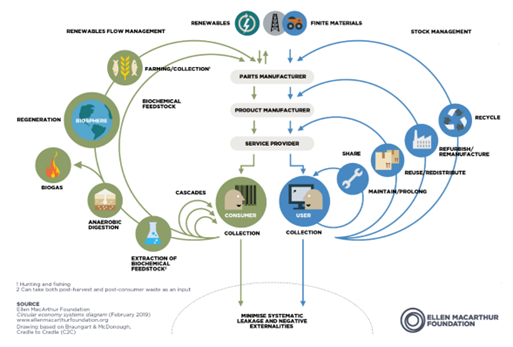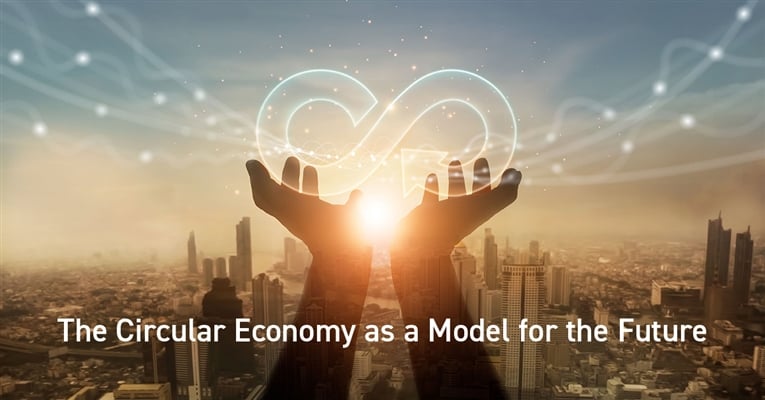Reduce resource management with product lifecycle management
Understanding the importance of sustainability in product design is essential to creating the circular economy. According to a study by management consultants Ernst and Young (EY), seven out of ten consumers are specifically buying products from suppliers who produce their products in an environmentally friendly way, operate sustainably, recycle, and use natural ingredients.
What exactly is the circular economy?
According to the United Nations Economic Commission for Europe (UNECE): “The circular economy is a new and inclusive economic paradigm that aims to minimize pollution and waste, extend product lifecycles, and enable broad sharing of physical and natural assets. It strives for a competitive economy that creates green and decent jobs and keeps resource use within planetary boundaries. Following Member States’ decisions at the 69th Commission session on ‘Circular economy and the sustainable use of natural resources,’ UNECE is pooling efforts to help harness the power of trade and economic cooperation for the circular transition.”
Why are manufacturers so interested in the circular economy now?
The strong interest in the circular economy represents a shift in social awareness that puts pressure on businesses. The Paris Agreement among the EU nations and the United States has sped up the world’s focus on climate and sustainability, particularly in Europe. In addition, strict regulations like the European Union (EU) Corporate Sustainability Directive will make sustainability reporting mandatory in 2023 for companies with 250 or more employees, 40 million euros in earning, or 20 million euros in total assets. This will affect approximately 15,000 companies in Germany alone.
The German Supply Chain Act will also come into force in 2023. The regulation will initially apply to companies with at least 3,000 employees in Germany; starting in 2024 it will also apply to companies with at least 1,000 employees. Companies should take the new rules seriously, as there are severe penalties for violations.
Globally, many institutional investors have already taken sustainability into account in their due diligence and have publicly demanded compliance at various corporate annual meetings. Eventually, companies that resist becoming more sustainable will find investors hesitant to provide funds.
Recently, Aras ran a study, “From Sustainability to Digitalization: Challenges 2022” which shows that seven out of ten companies have already identified sustainability as a top issue. It is clear that they will have to take action in many areas, and soon. The most important opportunities are in the avoidance of rejects, the selection of environmentally friendly or recycled materials, and product design based on sustainable criteria.
How do products become more sustainable?
The term “circular economy,” originated in Germany’s forestry industry. There are many family run businesses in Germany that consider themselves “sustainable” because they have been structured to be financially sustainable over the long term. They intend to provide benefits to society, create jobs, and show their commitment to their employees.
The current, ecologically based understanding of sustainability goes further. The concept of a sustainable organization includes social responsibility, decarbonization, and environmental protection. These criteria are summarized by the acronym ESG (environmental, social, governance). You can get a sense of the broad nature of sustainability initiatives and their potential impact in the following diagram provided by the Ellen MacArthur Foundation and shared by the US EPA.
Circular Economy Systems Diagram (2019)—Ellen MacArthur Foundation

Source: www.ellenmacarthurfoundation.org
We look forward to sharing more information on the circular economy, in particular how product lifecycle management, and the digital thread in particular, can help to address sustainability in product design and development throughout the product’s life and help companies make real progress on their way to satisfying the many new requirements generated by The Paris Agreement and other initiatives around the globe.
Stay tuned for our next post and let us know your thoughts on the circular economy and how Aras can continue to provide tools and systems that allow our customers to move forward with confidence.
Interested in knowing more? Read our white paper: The Circular Economy as a Model for the Future.

